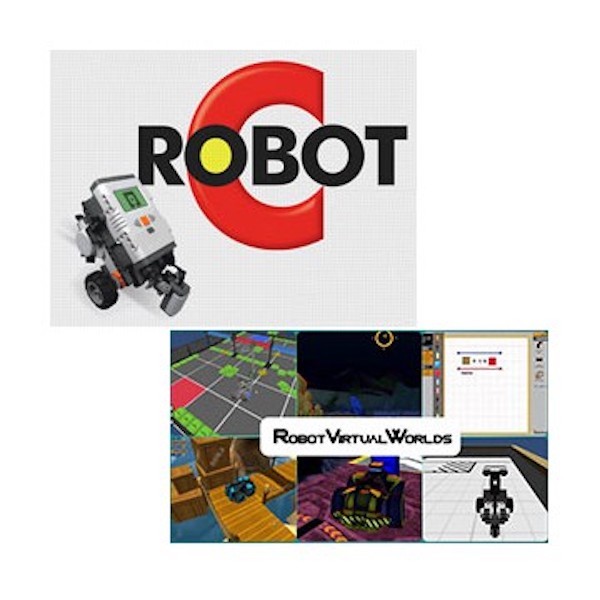


In my preliminary (self-)education about RobotC, I was mightily confused about what this whole “natural language” thing was, and how it related to the drag-and-drop (“graphical”) editor or “regular” RobotC. This license specifically does not cover. This license grants personal use by instructor for tasks related to class work, projects and other preparation. I thought I’d share that information here, in case others out there are considering RobotC and are not really sure what’s what. License Definition: Building A building license is limited to a single school or campus building this license specifically does not extend to an entire school system or school district. When I installed RobotC on my computer, it created these 2 different icons on my desktop, which were the start of my confusion. Why was this confusing? Well, because you don’t actually need 2 separate icons all roads lead to Rome, as it were. ROBOTC also allows you to prototype your code in simulation environments using Robot Virtual Worlds. Both icons launch RobotC, and once in the program, you can switch from the graphical to the text editor from the View / Preferences… / ROBOTC Editor Type menu. Free web-based curriculum available for VEX Cortex and VEX IQ provided by Robomatter. That flyout menu gives you the choice of “Text Editor Only”, “Graphics Editor Only,” and “Text and Graphics Editor.”īut there’s one catch. If you create a graphical program, you can convert it to text-based using View / Convert Graphical File to Text menu option, but you can’t go back the other way if you change your mind about the whole concept. Keep track of your file names (like, keep a copy of the graphical file before you convert it might do this for you, but just double check) so that you can retrieve your old program if you need to. So it’s pretty important to figure out from the get-go which editor type you plan to use. Similar to eas圜, RobotC’s “graphical” version is a drag-and-drop interface.


 0 kommentar(er)
0 kommentar(er)
